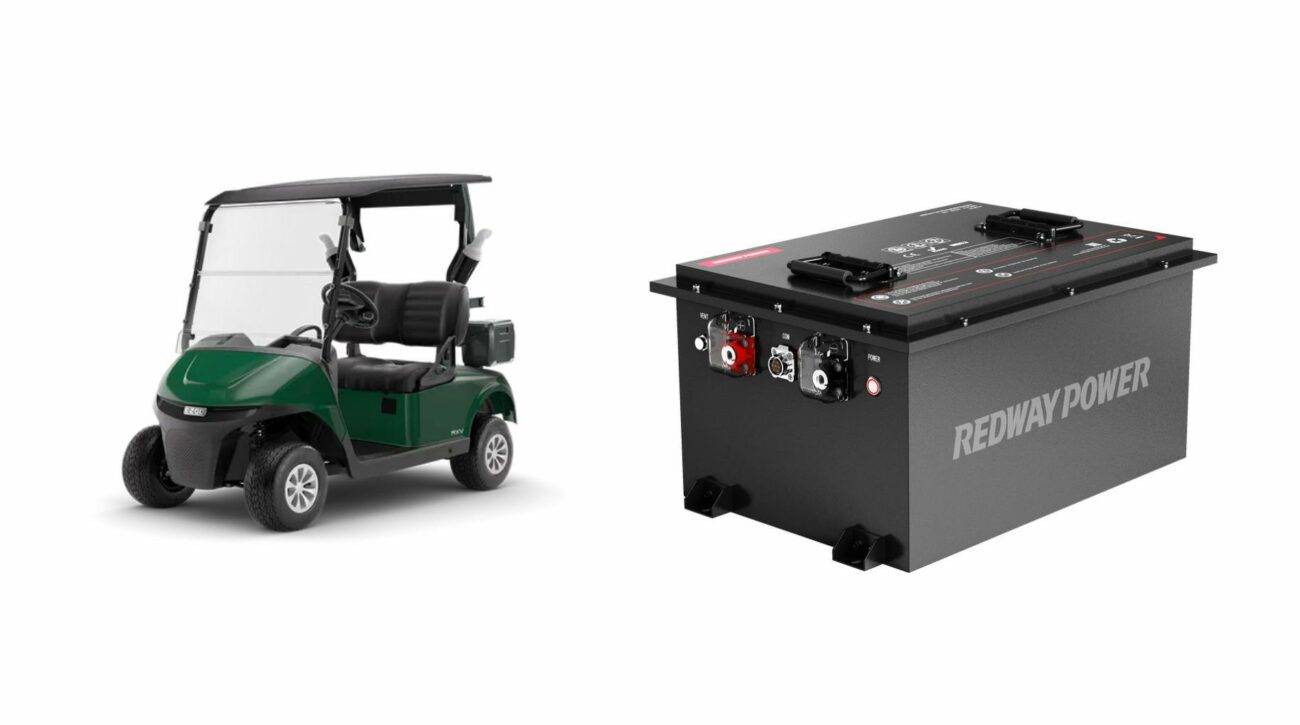
Blog
What Determines Newland Forklift Battery Compatibility with Industrial Trucks?
Newland forklift batteries are compatible with industrial trucks when voltage, capacity, and physical dimensions align with the truck’s requirements. Compatibility depends on factors like terminal configuration, discharge rates, and battery management systems. Always verify manufacturer specifications and consult technical guides to ensure optimal performance and safety.
Lithium Forklift Batteries Factory
How Do Voltage and Capacity Requirements Affect Compatibility?
Voltage (typically 24V, 36V, or 48V) must match the forklift’s electrical system to avoid damage. Capacity (measured in Ah) determines runtime; undersized batteries reduce productivity, while oversized ones may not fit physically. For example, a 36V/600Ah Newland battery suits medium-duty trucks, whereas heavy-duty models may require 48V/800Ah configurations.
Temperature fluctuations significantly impact battery performance. Newland’s lithium-ion batteries maintain 95% capacity at -20°C to 50°C, unlike lead-acid variants that lose 30% efficiency below freezing. Operators in cold storage facilities should prioritize batteries with built-in thermal management systems. Capacity requirements also vary by shift patterns—multi-shift operations often require batteries with ≥20% excess Ah to account for accelerated discharge cycles.
LiFePO4 Forklift Batteries Wholesale
| Forklift Class | Recommended Voltage | Minimum Capacity |
|---|---|---|
| Class II (Electric Narrow Aisle) | 24V | 400Ah |
| Class III (Hand-Rider Trucks) | 36V | 500Ah |
| Class I (Counterbalance) | 48V | 750Ah |
Why Is Discharge Rate Critical for Industrial Truck Performance?
Forklifts require sustained power output during lifting and movement. Newland batteries with a 5-hour discharge rate (C5) ensure stable voltage under load. A 600Ah battery delivering 120A continuously (C5) outperforms one rated for 100A, preventing voltage sag during peak demands. Mismatched discharge rates accelerate battery degradation by 20-30%.
High-frequency operations like container handling demand batteries with C3 ratings. Newland’s XT series supports 180A continuous discharge for 3 hours without voltage drop below 44V in 48V systems. However, sustained high discharge generates heat—batteries without liquid cooling experience 15% faster capacity loss. Always match discharge curves to the truck’s duty cycle:
| Operation Type | Recommended Discharge Rate | Max Current Draw |
|---|---|---|
| Single Shift (8 hours) | C10 | 60A |
| Multi-Shift (16 hours) | C5 | 120A |
| High-Intensity (24/7) | C3 | 200A |
What Role Do Physical Dimensions and Terminal Placement Play?
Battery compartments vary across forklift models. Newland batteries must fit within the allocated space, with terminals positioned to align with the truck’s connectors. A 0.5-inch mismatch in length/width can prevent installation. Terminal orientation (vertical vs. horizontal) also impacts connectivity—misalignment risks arcing or power interruptions.
How Does Battery Management System (BMS) Integration Impact Compatibility?
Modern forklifts use BMS to monitor cell balance and temperature. Newland’s proprietary BMS must communicate with the truck’s onboard computer. Incompatible protocols cause error codes or shutdowns. For retrofits, third-party adapters may bridge systems, but OEM-approved solutions reduce failure risks by 45%.
What Safety Standards Govern Newland Battery Installations?
UL 2580 and ISO 2389 certifications ensure Newland batteries meet shock/vibration resistance and thermal stability benchmarks. Industrial trucks operating in hazardous environments require ATEX/IECEx compliance. Non-compliant batteries increase fire risks by 60% in high-temperature settings like foundries.
Can Newland Batteries Be Used with Alternative Charging Systems?
Yes, but only with chargers matching the battery’s chemistry (lead-acid vs. lithium). Fast chargers require Newland’s LiFePO4-specific profiles—using lead-acid chargers degrades lithium cells 3x faster. Wireless charging compatibility depends on coil alignment; mispositioned pads reduce efficiency by 15-25%.
“Newland’s modular design allows 80% of industrial truck fleets to standardize batteries across models, cutting maintenance costs by 30%. However, operators often overlook venting requirements—lithium batteries still need 50% more airflow than lead-acid in enclosed compartments.”
– Redway Power Systems Engineer
Conclusion
Compatibility hinges on technical alignment between Newland batteries and industrial trucks’ electrical/mechanical systems. Prioritize OEM consultations and real-world load testing to avoid costly mismatches.
FAQ
- Does Newland offer retrofit kits for older forklifts?
- Yes, their R3 series includes adapter plates and terminal converters for models built post-2005.
- How long do Newland lithium batteries last in multi-shift operations?
- 2,000-3,000 cycles (5-7 years) with 80% capacity retention under 3-shift use.
- Are these batteries compatible with automated guided vehicles (AGVs)?
- Only when equipped with CAN bus communication—specify AGV mode during ordering.





